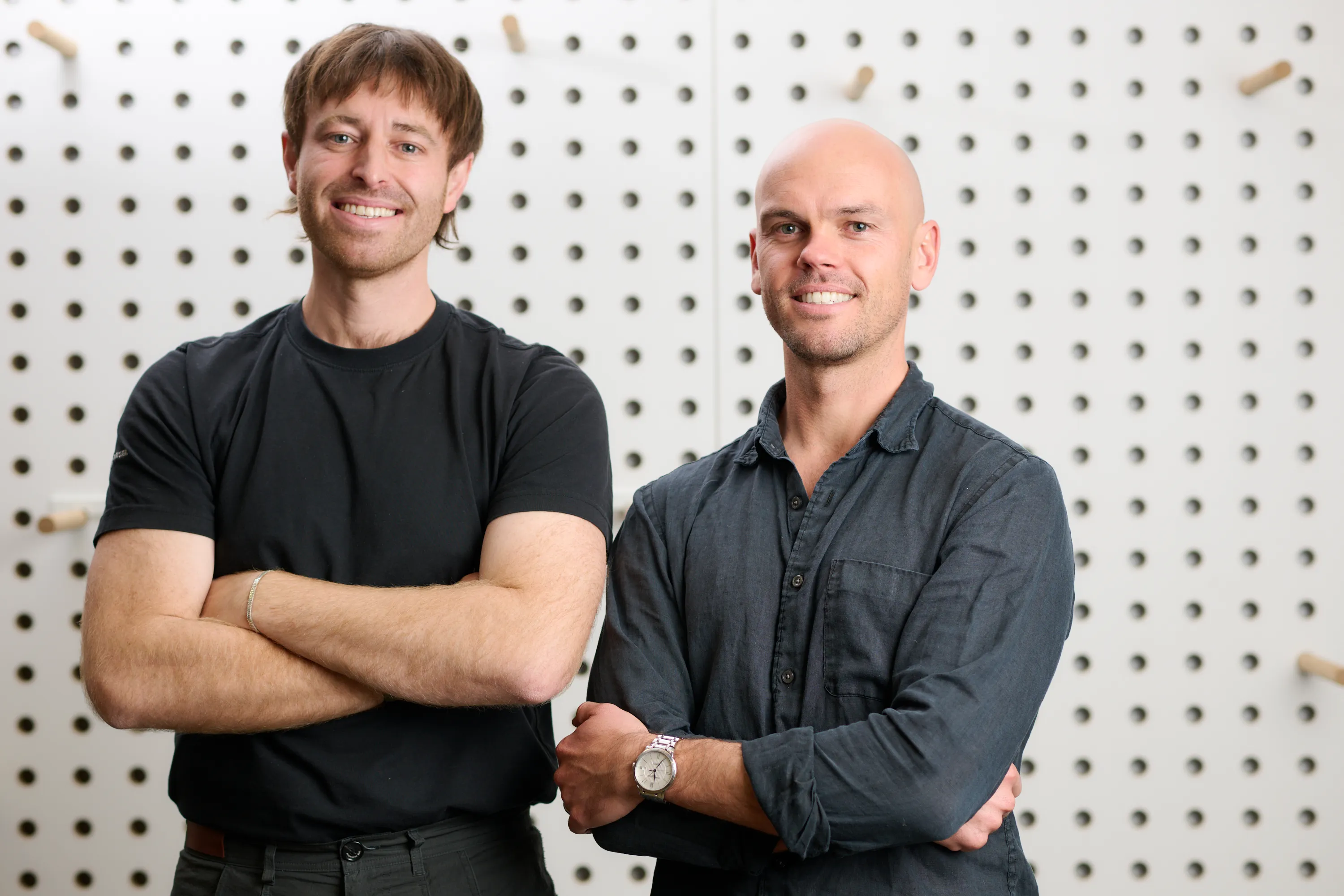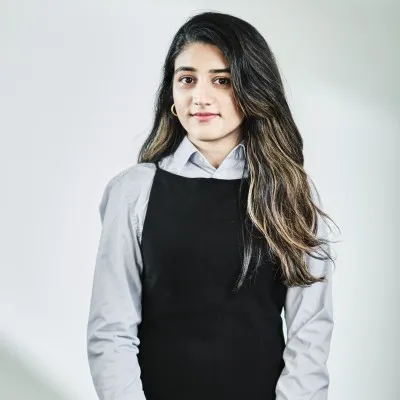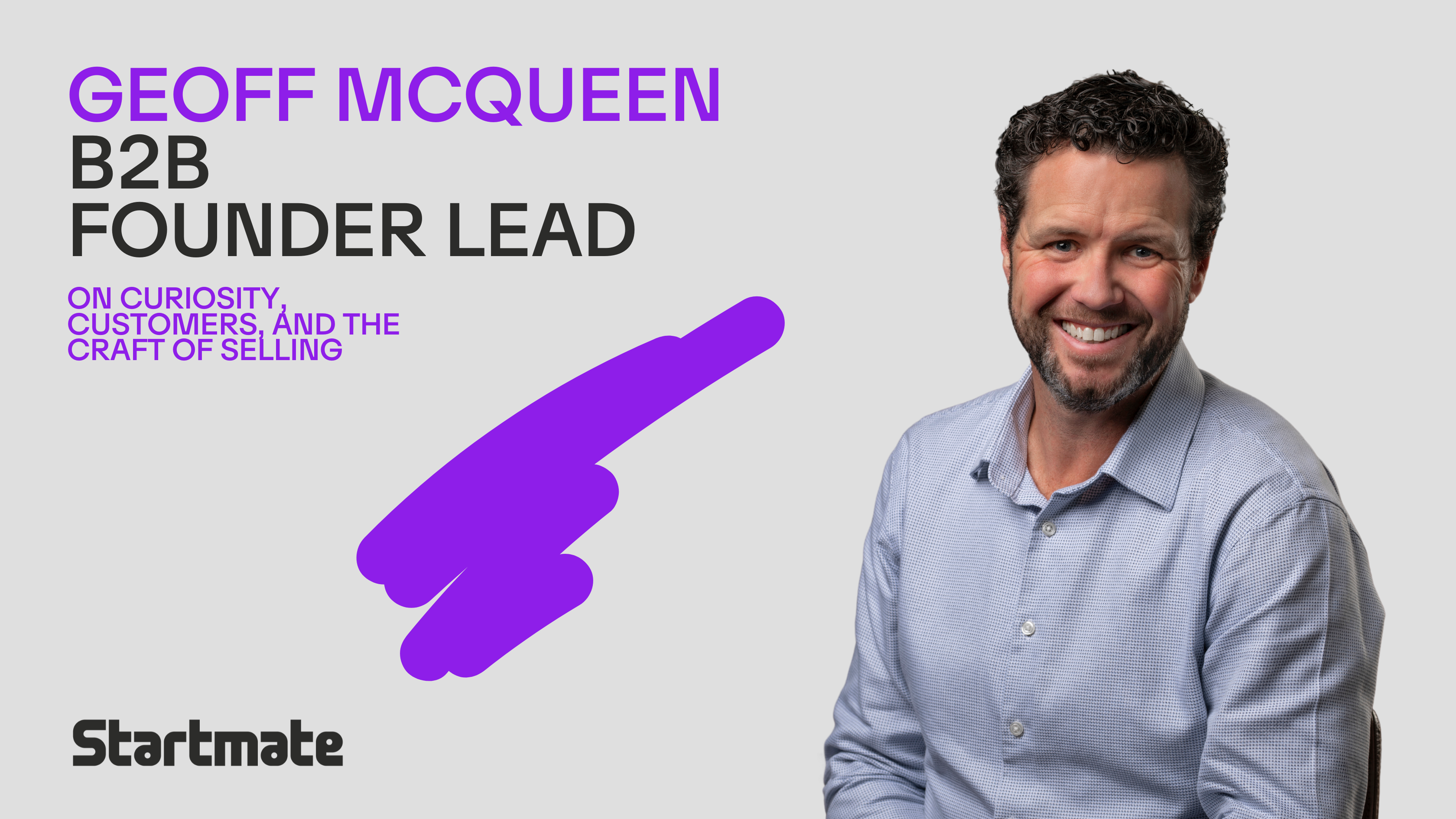When I meet Adam Beaupeurt, co-founder of Preve, on Zoom he is seated on his couch and propped up by pillows. He tells me that he injured his leg earlier that day and is waiting on a scan to confirm the extent of his injury. He is anticipating a gruelling few weeks of physiotherapy ahead. As someone undergoing a physiotherapy program myself, I empathise. It is genuinely hard because recovery takes time. Just how long, however, is difficult to anticipate.
This can be frustrating for patients who have to deal with increasing costs with no idea when they’ll hit their personal recovery goals. Add to this the fact that non-adherence with home exercise programs can be as high as 70% and you’ve got a vicious cycle where injuries never seem to heal fast enough and physiotherapists are unable to help patients to the best of their abilities.
Adam found himself stuck in this cycle when he was going through shoulder rehab. He was told by his physio that recovery would take three months, but three weeks into the program he had stopped doing the exercises he needed to do, delaying recovery. “I wrote a thesis where I dug deep into questions like ‘Why am I not experiencing the desire to fix my body?’ or ‘Why am I not dedicated to my physio as I know I should be?’” Adam said.
He took this thesis to Caelum Trott, who runs a physiotherapy clinic called Advanz Health and asked for an hour of his time to discuss the thesis. An hour turned into three hours as every point Adam raised in this thesis was something Caelum had seen and experienced time and time again. They realised that they had stumbled on to a very real problem that needed solving. They decided to create a way to deliver more affordable physical care, thus increasing compliance, and therefore reducing the burden on the private and public health systems. This is how Preve was born.
Healing smarter not harder
It would be easy to attribute this problem of high non-adherence rates, long recovery times, and dropping motivation to patients just not caring enough. However, it goes much deeper than that.
“It starts right at the beginning. When patients are diagnosed with a problem, most walk out not knowing what the actual problem is. However, even before their first treatment, patients need to feel listened to. We need to understand their goals, manage their expectations, and show them what recovery actually looks like”, Adam elaborated.
Preve will be integrated through the recovery journey as a companion from the first physio-patient interaction. When a patient comes in, the software, leveraging AI, will list out what tests need to be done for a certain body part and assist with diagnosis.
Next, the technology will assist with converting that diagnosis into a fully-fledged recovery plan. “Say you were diagnosed with a meniscus tear and your goal is to get back on the soccer field in ten weeks. Physios will be able to enter these details and get an automated, editable plan to help you achieve that goal while taking into account other factors like budgets, pre-existing conditions etc.”, Adam explained.
Beyond this, the software will also streamline the payment plan providing patients with that information upfront for the first time. This will allow them to better estimate what finances they need to plan for, how their private health insurance can help, and ultimately avoid adverse long-term consequences such as expensive surgeries or irreparable damage.
“Physiotherapy is non-linear and is based on human experience. A big part of this process is trust. You need a patient to have a degree of trust that what the physio is proposing on Day 0 will result in a recovery on, say, Day 60. But if a physio can back-up their diagnosis and treatment plan with third-party validation, the compounded trust means that the patient is more likely to understand the treatment plan, more likely to adhere to it, and also is more likely to pay for it”, Adam said.

From conversations to collaboration
Both Adam and Caelum have previously started their own ventures. Their experiences had led them both to a similar conclusion: make sure you know who your co-founder is and that you can work together. Yes, they had an exciting conversation about the problems with physiotherapy, but that alone wasn’t enough to decide if they should work together.
Sharing how they came to this decision, Adam said “We wrote up a framework for a values alignment document together. Then we filled it out separately and came together for another three hour discussion just talking about values. We discussed what we wanted out of love, life, and business. We are really different people fundamentally but beneath that our values were really similar. Since that day we’ve been working together.”
With a strong idea and stronger work ethic, Adam and Caelum were encouraged by several potential investors to apply to the Startmate Accelerator. At the time Adam was also looking to re-integrate with the startup ecosystem and felt that Startmate would be the place to help him do that.
Commenting on the application process, Adam said “I didn’t actually think that we were going to get in because we were pre-product. But I thought that it would be a great opportunity to get feedback on the thesis and the initial product we had.” When he got the call that they were in, Adam realised that Preve was no longer just an idea – it had manifested into something real.
Startmate offered the Preve team, which currently consists of six members, something to galvanise around. They started onboarding clinics, onboarding patients, and most importantly developed an internal motivation to make things happen.
The ultimate goal: joy
Preve has come a long way from concept to reality in the Startmate Accelerator program. “We went through Week 0 of Startmate and decided to move the launch of the Alpha version of our software from mid-Sept to two days into the first week. So far we’ve had over a hundred patient plans come through”, Adam said. This launch provided them with invaluable insights into the performance of the software as well as the value physiotherapists received from using it. While the Alpha version is still quite simple and manual, it performs exceptionally well when converting the treatment plan into a payment plan. Next up is a Beta launch with an upgraded product that also includes a patient interface, providing patients with a roadmap to recovery.
Preve’s ultimate goal is to leverage AI to enhance the physiotherapy experience for both providers and patients. “Where we want to go is somewhere close to where a physio could prescribe to you a program that was almost remote. This means you come in and get a diagnosis that is confirmed by the physio. They can then immediately provide a roadmap with two options: the first is a high touch option where you come in and see them in the clinic. The second is a program that can be done from home or the gym and you have the option to tap in and out of remote therapy as needed. The program would also adapt based on inputs such as biometrics, progress, physio notes etc. Our ultimate goal is to create a sense of companionship, accountability, and emotional bond between the healthcare professional and the patient”, Adam said.
Preve is taking on a big challenge as it tries to re-define physiotherapy and how it is delivered. Looking back on advice he received that encouraged him to go down this path, Adam said “I had a really big question in my mind ‘What am I going to do with my life?’ What I was guided towards was to instead ask ‘What am I going to do with my life in the next few years?’ This made me realise that I don’t have to solve the world’s problems. I could just solve one of the world’s problems and that gave me real focus and clarity.”
Adam confessed that his journey of self-reflection and questioning about the future all boiled down to a single goal: to build something that makes others feel good. This is something he and the team at Preve are delivering everyday. They help add something back into people’s lives: joy when they meet their goals whether that be playing soccer again or simply lifting their grandchild up.
“There are several aspects of physical therapy that have been overlooked for a long time”, Adam says. “It is not just about the gym or being fit. Physical therapy that helps patients get back to themselves again is why we’re doing what we’re doing”, he concluded.






.png)

